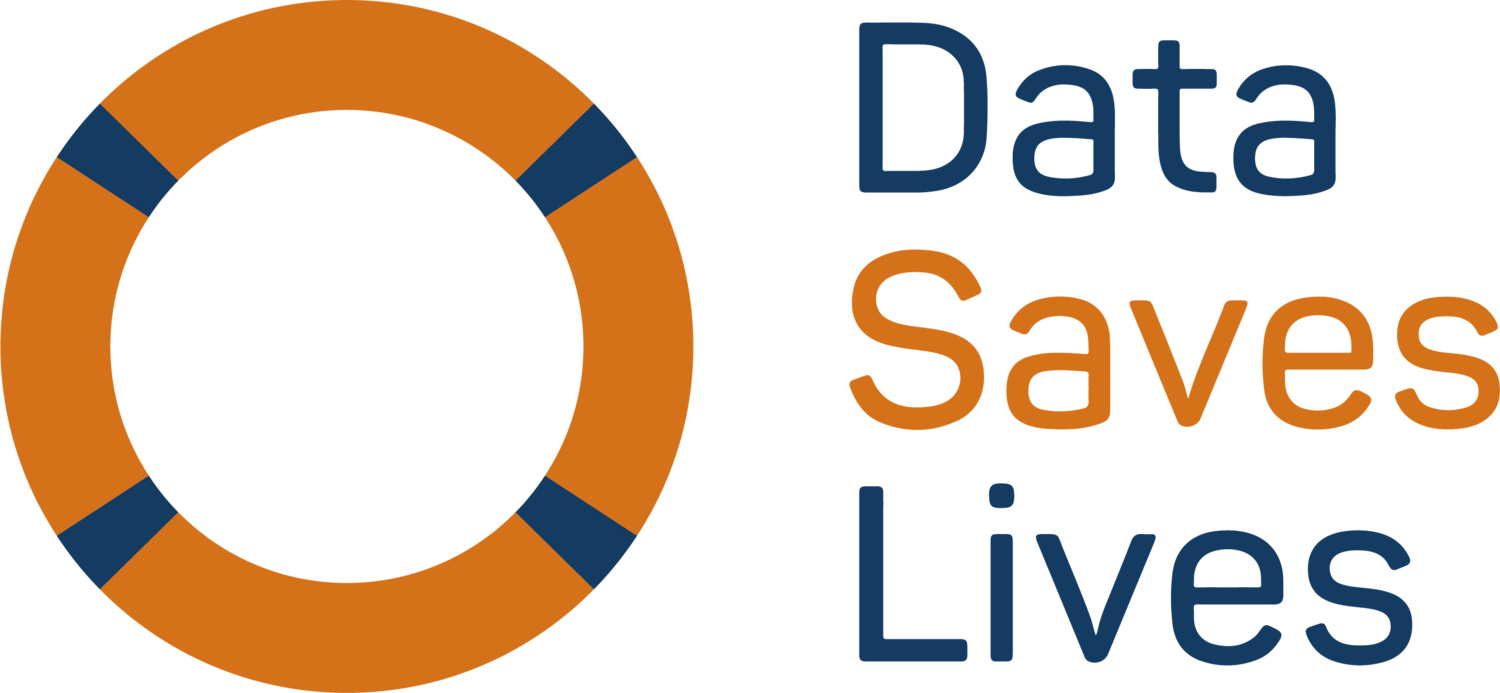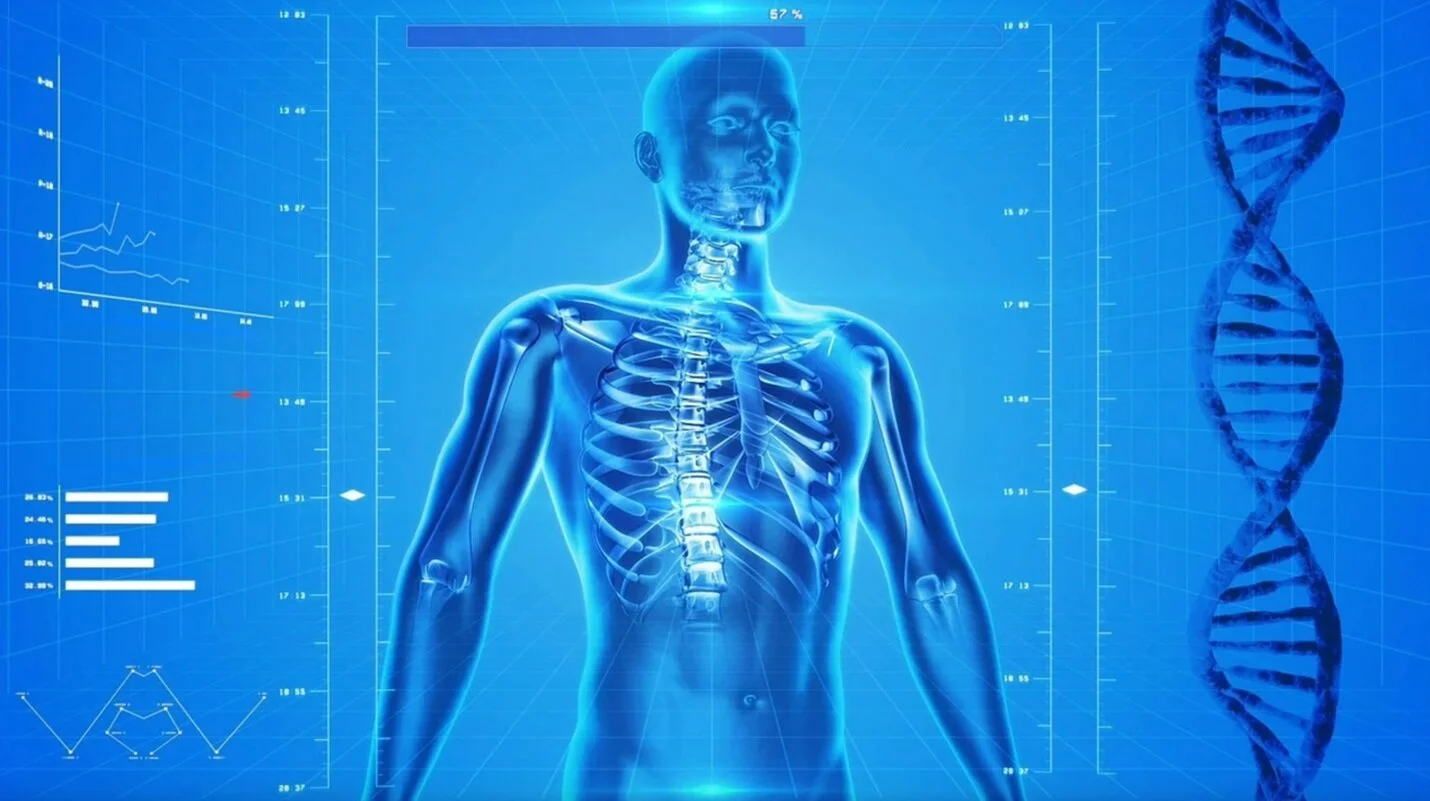Healthcare, particularly medical technology (MedTech), is one of the fastest-growing industries in the world. Data published on Statista show that it's expected to grow five percent annually through 2022.
The MedTech industry encompasses all types of technology used in healthcare and medicine, from diagnostics and analytics to wearables. Its growth is attributed to society’s more widespread use of these technologies.
It’s not surprising that services have shifted online since the COVID-19 crisis started. In fact, if there’s one good thing to come out of the pandemic, it’s the revolution in healthcare. There are more technologies in use today than ever before.
For those looking for a helpful overview of what’s out there, some of the terms you might come across and examples of how tech is being successfully used, please read on.
Wearable medical devices
Maintenance has always been an important aspect of healthcare. Now, the everyday person can take accountability for daily monitoring, thanks to wearable technology. They can come in the form of fitness watches, smart rings, smart jackets, and exciting new implantable devices. These help you keep track of heart rate, oxygen levels, and other vital signs consistently.
What’s more, wearable medical devices are part of the Internet of Medical Things (IoMT) that transmits real-time data to your healthcare provider. This provides transparency and fewer chances of reporting errors.
Fitness apps
Usually hand-in-hand with wearable technology are fitness apps. As the wearable medical device market continues to soar, health and fitness app users also increase. An Insider Intelligence research reveals that there will be more than 84 million people on these apps through 2022.
Fitness apps are part of the IoMT; they monitor, store, and analyze data collected by many wearable devices. In addition to that, some apps are designed for specific use in mental health, diet and nutrition, and exercise. These apps can be directly linked to your healthcare provider, too, giving them further insight into how your day-to-day activities impact your well-being.
Blockchain
Blockchain is a vast digital information bank. It houses data recorded and managed by healthcare institutions that belong to the network. As tech columnist James Gonzales points out, blockchain makes healthcare activities (GP visits and hospitalizations, for example) and other pertinent information fully transparent to different health organisations. Plus, as it’s a self-renewing, self-regulating technology, it’s ideal as a medium for long-term recordkeeping.
Blockchain technology can drastically improve access to patient information and history. It eliminates the need for extensive and often cumbersome research and initial patient interviews.
Three-dimensional (3D) bioprinting
The rising organ shortage and donor scarcity worldwide spurred on efforts to find sustainable alternatives. Within the last three decades, regenerative medicine and tissue engineering have come up with 3D bioprinting. 3D bioprinting is a biofabrication strategy that allows healthcare professionals to create accurate and precise biologics, such as living cells and extracellular matrix components. A study led by Ishita Matai affirms that these small steps would eventually lead to the creation of artificial multicellular organs and tissues.
In the near future, there may be less pressure to look for suitable and compatible organs. 3D bioprinting may even eliminate the need for organ donations completely by manufacturing fail-proof, artificial ones.
Data analytics
Data analytics isn’t a novel technology in healthcare. However, its new applications in cloud computing and artificial intelligence are game-changers. Cloud computing has simplified data sharing and access for multiple medical organizations. It has allowed the creation of data registries that let healthcare professionals understand the link between diseases and particular demographics even better. This is evident in the data-sharing initiative of the MS Data Alliance and the MS International Federation amidst the COVID-19 pandemic.
Artificial intelligence, on the other hand, makes diagnosis and precision medicine more convenient— machine learning is becoming more commonplace in many hospitals and pharmaceutical companies.
Healthcare is constantly evolving. But with technology and data, those changes become revolutionary, changing the face of healthcare as we know it.
Written by: Josie Breach
Article for: datasaveslives.eu

